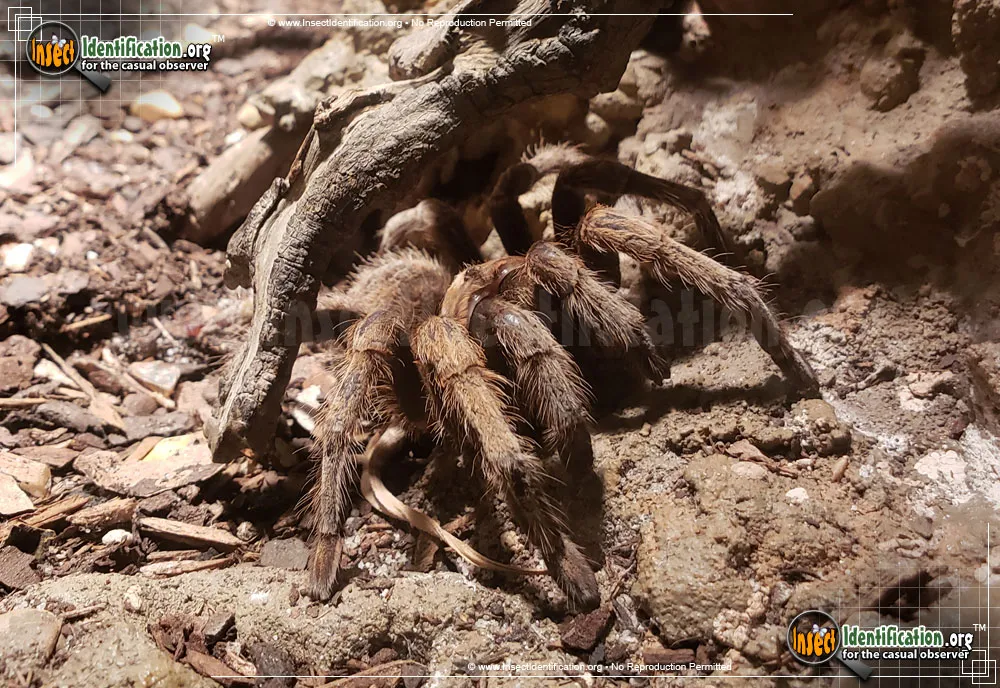Desert Tarantula Pet Care Guide Top 5 Facts
The desert tarantula is an increasingly popular pet, captivating enthusiasts with its imposing size and intriguing behaviors. These arachnids, native to arid and semi-arid regions, offer a unique pet-keeping experience. However, their care requires understanding and dedication. This guide provides five essential facts to help you succeed in providing a thriving environment for your desert tarantula pet. Learning about these remarkable creatures can be extremely satisfying for any potential pet owner. Understanding their needs and characteristics is the key to a fulfilling experience. This guide is the perfect start to a rewarding journey with these fascinating creatures.
Choosing Your Desert Tarantula Pet
Selecting the right desert tarantula is the first step toward responsible pet ownership. It’s crucial to find a healthy specimen from a reputable source. When choosing your pet, consider factors that determine the long-term wellbeing of your tarantula. This choice sets the foundation for a positive experience. Avoid purchasing tarantulas from sources that appear to be neglecting their animals. Research the species, learn about its specific care requirements, and choose one that matches your experience level and lifestyle. This will help you minimize potential problems and allow you to enjoy your pet for a long time.
Things to Consider When Choosing
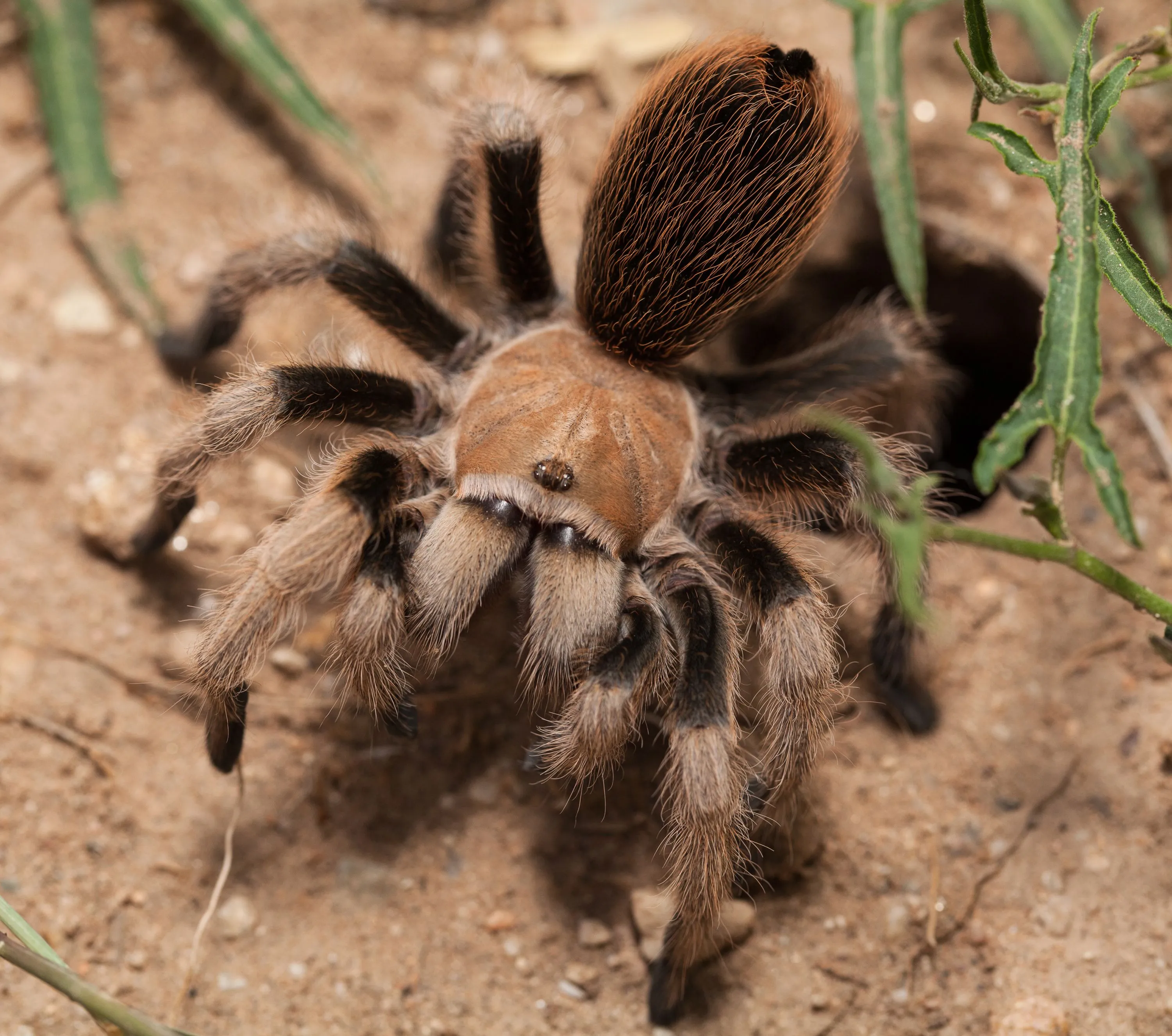
Examine the tarantula for any signs of illness, such as lethargy, lack of appetite, or visible injuries. Ensure the tarantula has a full abdomen, indicating it is well-fed. Observe its movement and responsiveness. Ensure that you choose a species suitable for your experience level. Some species are more docile and easier to care for than others. Consider the tarantula’s size and potential adult size to ensure you have an appropriate enclosure. Buying a young tarantula is recommended, allowing you to observe its growth and development. Make sure to also consider the lifespan of each species, as some can live for decades.
Desert Tarantula Pet Habitat Setup
Setting up the correct habitat is vital for the well-being of your desert tarantula. Creating an environment that mimics their natural habitat is essential for their survival and happiness. The enclosure should provide the necessary space, substrate, temperature, and humidity levels to keep your pet healthy and content. It is important to learn the basic facts for desert tarantula pets and the correct way to setup their home. Proper planning and implementation of the habitat will make sure your tarantula thrives and is as comfortable as can be.
Enclosure Size
The size of the enclosure should be appropriate for the tarantula’s size. A general rule is to provide a space that is at least twice the tarantula’s leg span in width and length. For terrestrial species like desert tarantulas, the height of the enclosure is less critical than the floor space. A secure lid is essential to prevent escapes. As the tarantula grows, you’ll need to upgrade the enclosure. Consider the adult size of the species when choosing the initial enclosure. A larger enclosure from the beginning can save you from having to move the tarantula later.
Substrate and Furnishings
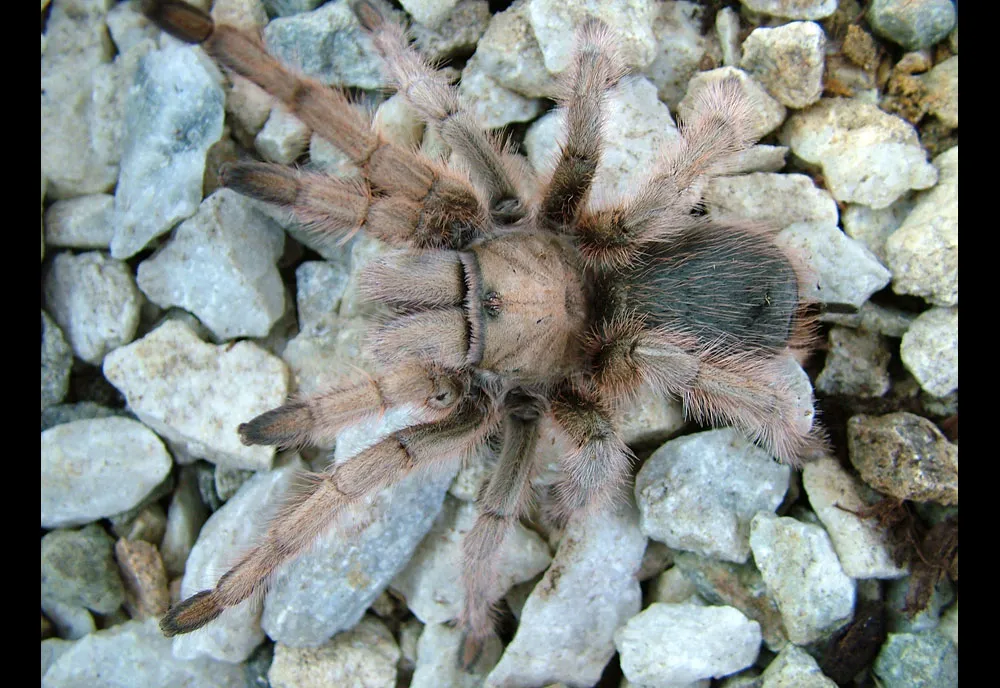
The substrate should be a material that retains moisture and allows the tarantula to burrow. Good options include a mixture of peat moss, vermiculite, and coconut fiber. Provide a hide, such as a piece of cork bark or a hollow log, where the tarantula can retreat and feel secure. Add a shallow water dish for drinking. A few decorative elements, such as artificial plants, can enhance the enclosure’s aesthetics and provide additional hiding places. The substrate should be deep enough to allow the tarantula to burrow, which is a natural behavior for many species. Regular maintenance of the substrate, including spot cleaning and periodic replacement, is essential for maintaining a healthy environment.
Temperature and Humidity
Desert tarantulas thrive in warm, dry environments. Maintain a temperature range of 75-85°F (24-29°C) during the day. Use a heat mat or ceramic heat emitter if necessary. Humidity levels should be relatively low, around 50-60%. Monitor temperature and humidity with a thermometer and hygrometer. Avoid direct sunlight, as it can overheat the enclosure. Adequate ventilation is also important to prevent the buildup of mold and mildew. Adjust the heat source based on the specific needs of your tarantula species, and provide a thermal gradient within the enclosure.
Desert Tarantula Pet Feeding Habits
Feeding is an important aspect of caring for your desert tarantula. Their diet consists primarily of insects, and it is important to provide a varied and nutritious diet. Understanding their feeding habits and requirements is crucial for maintaining their health and ensuring they thrive in captivity. Providing the right food in the right way will make sure that your desert tarantula remains healthy. This will contribute to a happy life for your pet tarantula. Many owners report that they enjoy the feeding process almost as much as the desert tarantulas do.
What to Feed Your Tarantula
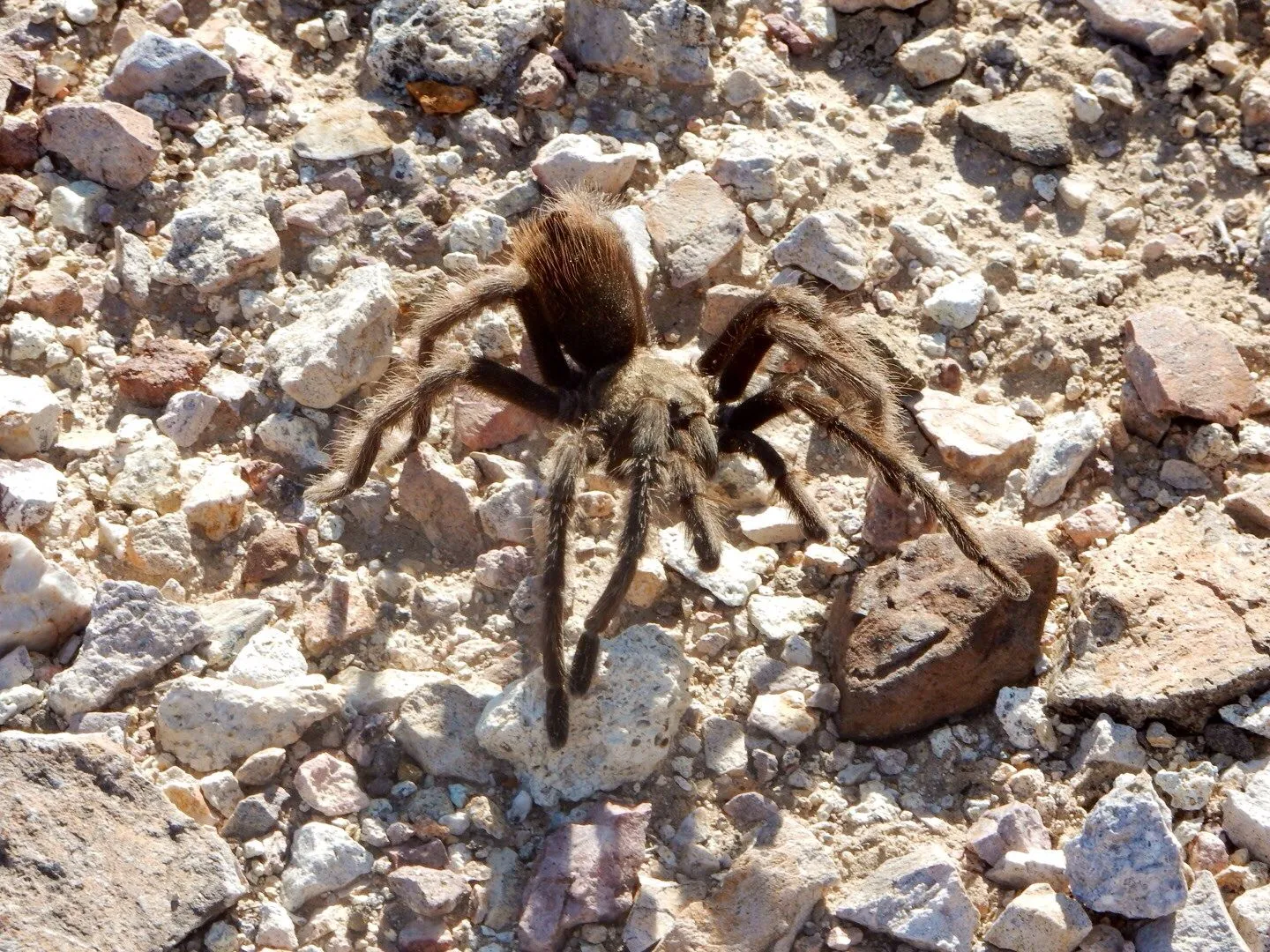
The primary food source for desert tarantulas are insects. Crickets, mealworms, and roaches are popular choices. Ensure the insects are gut-loaded with nutritious food before feeding them to your tarantula. Vary the diet to provide a wider range of nutrients. Avoid feeding insects that have been exposed to pesticides. The size of the prey should be appropriate for the tarantula’s size; the insect should be no larger than the tarantula’s abdomen. Remove uneaten prey within 24 hours to prevent stress and potential harm to the tarantula.
Feeding Frequency
Feeding frequency depends on the tarantula’s age and size. Spiderlings (young tarantulas) may need to be fed two to three times per week, while adult tarantulas can be fed once or twice a week. Observe your tarantula’s feeding behavior and adjust the frequency as needed. A tarantula that consistently refuses food may be preparing to molt. Always provide fresh water and make sure the tarantula remains hydrated. Overfeeding can lead to health problems, so be mindful of the amount of food you provide.
Watering Your Desert Tarantula Pet
Providing a clean water source is essential for the health of your desert tarantula. They need water to stay hydrated and to facilitate molting. Proper hydration is critical for the overall wellbeing of the tarantula. Making sure they have enough water is a key part of keeping them healthy. The lack of water can be a cause of stress and potentially deadly for your pet. It’s a simple task that is essential to their care.
Providing Fresh Water
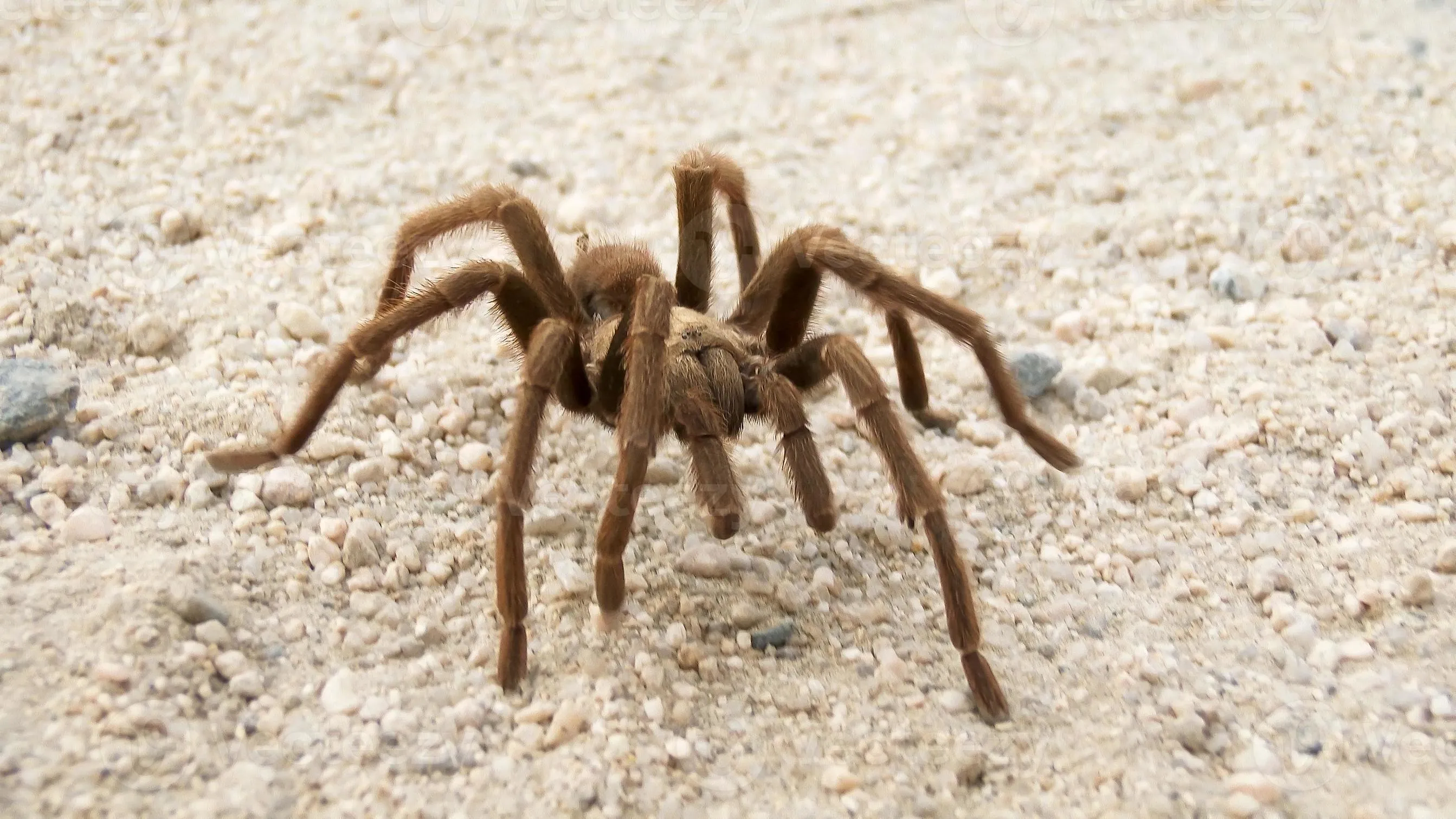
Always provide a shallow water dish filled with clean, fresh water. The dish should be small enough to prevent the tarantula from drowning. Check the water dish daily and refill it as needed. Use distilled or dechlorinated water. Some tarantulas may prefer to drink from a water source that is not a dish; misting the enclosure lightly with water can also provide hydration. Avoid over-misting, as this can increase humidity levels beyond the tarantula’s requirements.
Preventing Dehydration
Dehydration can be fatal to tarantulas. Signs of dehydration include a wrinkled abdomen and lethargy. Ensure the enclosure is not too dry. Monitor humidity levels using a hygrometer. If you suspect your tarantula is dehydrated, provide more frequent access to water and consider misting the enclosure more often. Be careful not to overdo it, as excessive humidity can lead to other problems. Keep the water fresh and clean to avoid the buildup of bacteria and other harmful substances. If the tarantula’s condition does not improve, consult with a veterinarian or experienced tarantula keeper.
Desert Tarantula Pet Health & Handling
Understanding your desert tarantula’s health and practicing safe handling are essential for responsible pet ownership. Recognizing the signs of a healthy tarantula and knowing how to handle it safely helps prevent injury to both the tarantula and the keeper. Learning to recognize a healthy tarantula will help you ensure its well-being. Handling should be done with care and knowledge to ensure safety. Always approach your pet with respect and attention to its needs.
Recognizing a Healthy Tarantula
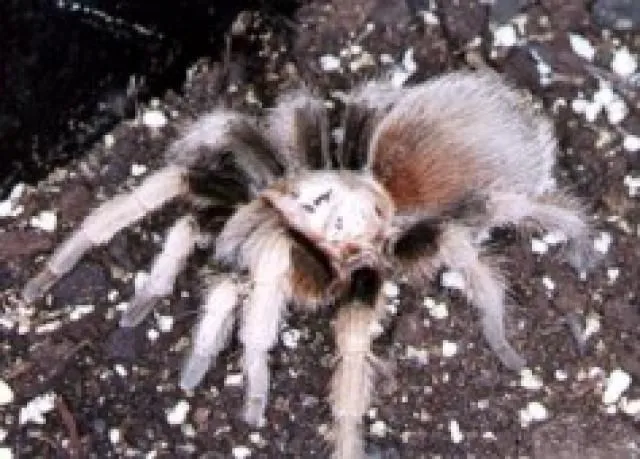
A healthy desert tarantula is active and responsive to its environment. The abdomen should be full and round, not shrunken or wrinkled. The tarantula should have a good appetite and readily accept food. The fangs should be clean and in good condition. Observe the tarantula’s legs and body for any signs of injury or parasites. Regular molting is a sign of healthy growth; watch for the tarantula to prepare for molting by refusing food and becoming less active. Consult with a veterinarian or experienced keeper if you observe any unusual symptoms.
Safe Handling Practices
Handling a desert tarantula should be done with care and respect. Tarantulas are fragile and can be injured if dropped. Handle your tarantula only when necessary, and avoid handling it if it appears stressed or agitated. Always wash your hands before and after handling your tarantula. Handle the tarantula over a soft surface, such as a bed or a carpet, to minimize the risk of injury if it falls. Use a container or a wide-mouthed jar to gently guide the tarantula if you need to move it. Be aware of the tarantula’s defensive behaviors, such as raising its front legs or flicking hairs from its abdomen. Do not attempt to handle a tarantula if you are unsure of how to do so safely.
